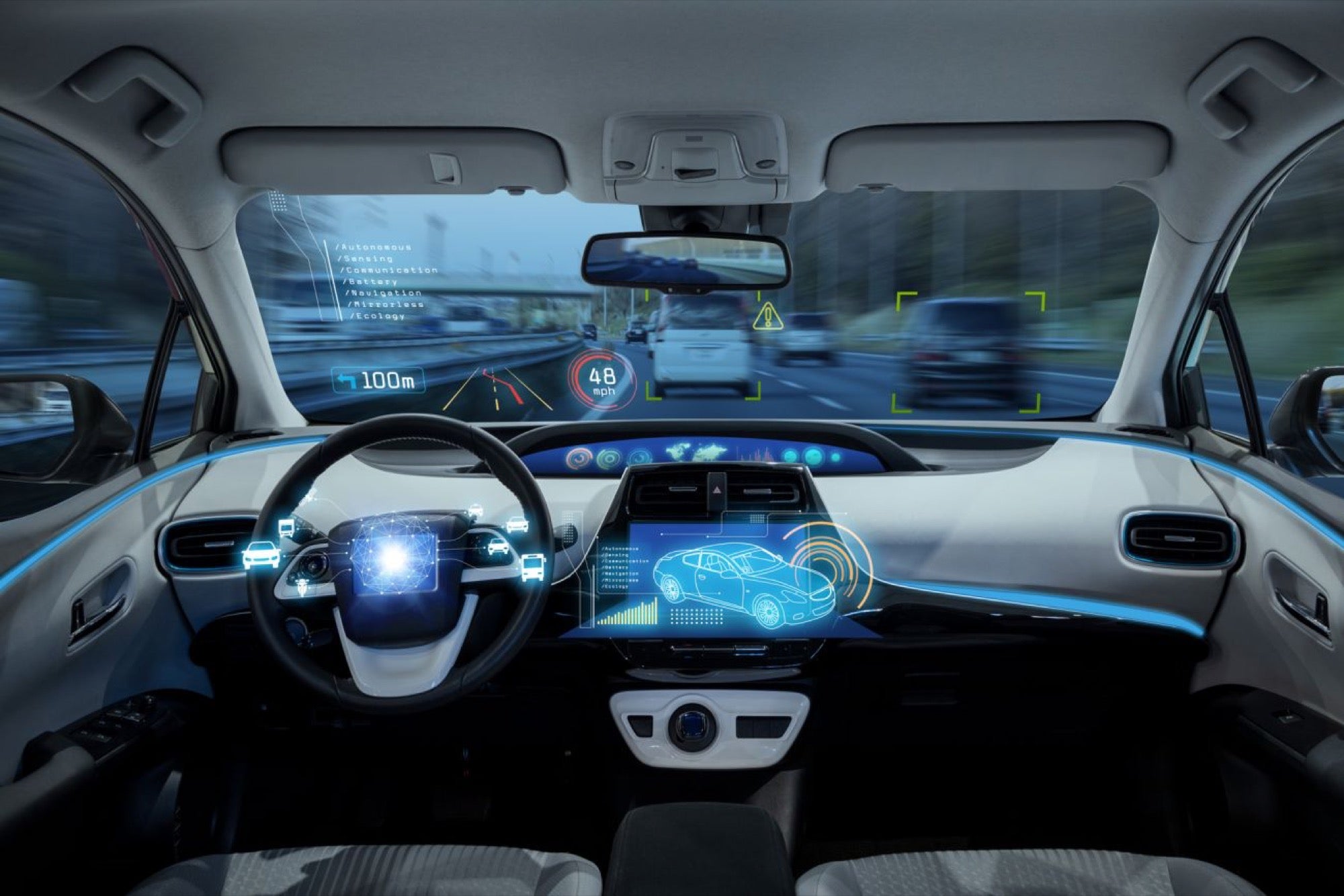Vehicle Connectivity: Paving the Road to the Future of Transportation. Vehicle connectivity is changing the way society experiences transportation.
By Kamyar Moinzadeh Edited by Dan Bova
Opinions expressed by Entrepreneur contributors are their own.

The rapid advancement of vehicle technology is dramatically altering transportation models around the world. From early stage consumer infotainment features, to ride sharing and on-demand mobility services, to fully autonomous vehicles in the future, connectivity in the car has been the driving force behind recent automotive technology advancements. As a result, vehicles have morphed into much more than just a way to get from one place to another, but extensions of consumer digital lifestyles and a catalyst for significant change in the way society will experience future mobility.
To visually summarize the past, present and future of vehicle connectivity, Airbiquity developed an infographic, Mapping Vehicle Connectivity: The Driving Force Behind Automotive Innovation, comprised of four key phases of the connected car.
Phase 1: Connecting the car.
The first phase of the connected car was establishing connectivity between the vehicle for call center and concierge services like GM's OnStar. Many automakers followed suit and introduced similar safety and convenience services. Simultaneously, Bluetooth technology was introduced which enabled drivers to safely make and receive "hands free" phone calls while in their vehicle for the first time. This phase wouldn't last long however, as the widespread consumer adoption of more sophisticated smartphones drastically altered the driving experience and in-vehicle environment.
Related: Are Self-Driving Cars Finally Ready for Consumers? What Entrepreneurs Need to Know.
Phase 2: Infotainment
The second phase of vehicle connectivity was driven by the introduction of smartphones and pervasive use of mobile apps. Leveraging the connectivity that preceded it, infotainment quickly became a "must have' feature for new car buyers, especially millenials. The first infotainment service was announced by Ford in 2007, and by 2015, all major automakers had integrated some type of infotainment system into their vehicles. Infotainment programs allowed popular apps like Spotify and Pandora to enter the vehicle environment, mirroring the already familiar smartphone-based mobile experience and extending consumers' digital lifestyle into their cars.
Related: Google, Automakers Object to California Rules for Self-Driving Cars
Phase 3: Software and data management
As we enter phase three, the phase we're currently in, vehicle technology is advancing again with the introduction of over-the-air (OTA) services, which enable the transmission of software updates and data between a vehicle and the cloud. For context, imagine if you had to go to a physical retail store every time you needed to update your smartphone operating system or apps. It would be very inconvenient, correct? Similar to a smartphone, vehicle software will increasingly need to be updated as well – and OTA technology allows this to happen remotely. Prior to OTA, consumers had to visit dealerships to get their vehicle software updated, a costly burden for automakers and a hassle for vehicle owners. With OTA, global automaker cost savings for mitigating software recalls and cybersecurity threats alone are forcasted to increase from $2.7 billion in 2015, to $35 billion by 2022, according to research firm IHS. In addition to revolutionizing vehicle vehicle software update and data management, OTA will also serve as a foundation for the fourth phase of connected car: fully autonomous driving.
Related: General Motors Buys a Self-Driving Technology Startup
Phase 4: Autonomous driving
The introduction and adoption of fully autonomous vehicles, those requiring no human intervention, will dramatically alter the future of mobility. As the driving wheel disappears from vehicles altogether, vehicle design will radically transform as automakers shift to accommodate additional technology developments like the introduction of artificial intelligence (AI), new transportation models, and enhanced user experiences. Looking towards an autonomous future, transportation will no longer be centered on the traditional concept of individual car ownership in favor of a new era of "smart" transportation and on-demand mobility services.
In conclusion, vehicle connectivity has been central to many of the major automotive technology advancements over the last two decades, and will continue to impact the way society experiences transportation going forward.











